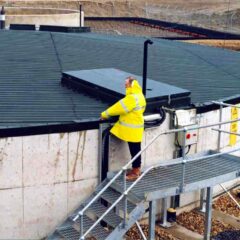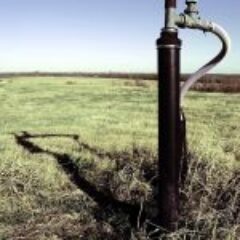landfill leachate
Leachate Treatment
The processes which have been consistently successfully applied, for muncipal waste landfill leachate from controlled landfills, are biological nitrification processes designed by specialist leachate process designers.
Leachate Landfills
Leachate landfills – general information about leachate, and how it is present in landfilled waste, affects landfills, and is collected.

